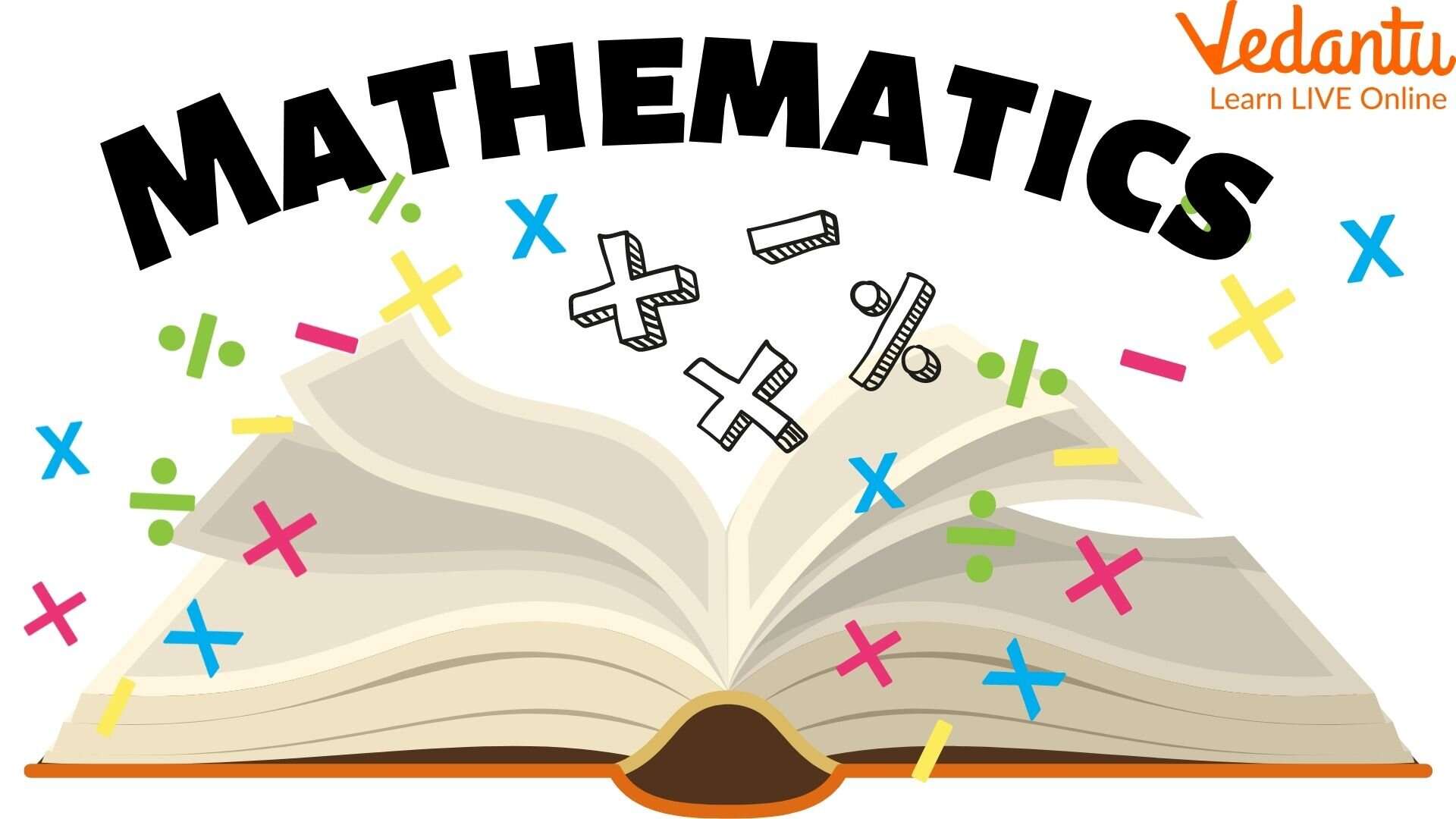What is Mathematics Day in India?
Mathematics is like the universal language of patterns, shapes, and numbers that influences everything we do. It's not just a school subject; it's the key to understanding our daily routines. Think of it as the toolbox we use to solve problems and make sense of the world. With logic and reasoning as its superpowers, mathematics unveils the mysteries behind abstract ideas. So, whether you're dealing with numbers or shapes, you're essentially tapping into the power of mathematics to decode the complexities of our surroundings.
Mathematics helps develop better problem-solving skills in every individual. It enhances the ability to think critically and logically about the situation and solve problems easily. Mathematicians all around the globe seek out patterns and approaches, formulate new speculations, and set up the truth after meticulous deductions from perfectly chosen principles and definitions. In this article, we will learn about Happy National Mathematics Day in India and the famous mind after whom the day is celebrated.

National Mathematics Day
Why Do We Celebrate Mathematics Day?
December 22nd is the National Mathematics Day in India every year, but why do we celebrate Mathematics Day? It is celebrated to pay tribute to and commemorate the birthday of the honorary mathematician Srinivasa Ramanujan. This day was declared by the former Prime Minister Dr. Manmohan Singh at the Madras University in 2012. His announcement came during one of his visits to this university on Srinivasa Ramanujan’s 125th birth anniversary. This auspicious day marks the importance of Mathematics in everyone’s life and inspires people to grow their self-learning skills and think more rationally.

Celebrating National Mathematics Day
How is the Ramanujan National Mathematics Day Celebrated?
To honor Ramanujan National Mathematics Day, the National Academy of Sciences, India (NASI), the country's oldest scientific academy, organizes an annual workshop. Experts and speakers from all corners of the nation gather to discuss various applications of mathematics and Ramanujan's legacy. During this event, spokespersons from different regions, including global representatives, share insights on Ramanujan's profound impact on mathematics. A recent two-day workshop, held on December 30th and 31st, 2019, at NASI's headquarters in Prayagraj, focused on exploring the 'History of Indian Maths before the 16th Century,' covering a range of engaging topics:
India’s contribution during the Vedic period
India’s assistance during the Classical period
India’s offerings during the Medieval period
All schools and universities throughout the country celebrate this day with many educational events, including mathematical quizzes and competitions, every year on 22 December, to respect the legendary mathematician. In 2017, Ramanujan Math Park was inaugurated in Kuppam, in Chittoor, Andhra Pradesh, to intensify the significance of this day.
Who was Srinivasa Ramanujan?
Now that we’ve seen the celebration of National Mathematics Day, let's explore the genius mind behind it – Srinivasa Ramanujan Aiyangar. Born on December 22, 1887, in Erode, Tamil Nadu, Ramanujan was captivated by mathematics from an early age, steering clear of other subjects.
Despite facing challenges in college exams in 1903, his mathematical prowess was discovered in 1912 while working as a clerk at Madras Port Tryst. Introduced to Professor GH Hardy, Ramanujan journeyed to Cambridge University.
He earned his BSc in 1916, became a fellow of the London Mathematical Society, and gained recognition from the Royal Society. Tragically, at the young age of 32, he returned to India in 1919 but passed away a year later.
Srinivas Ramanujan’s Contribution to Mathematics
Srinivas Ramanujan, a spontaneous mathematical brilliant mind, reshaped Mathematics in the twentieth century through his enormous contributions to various Mathematics domains. His discoveries vastly impacted several areas of mathematics, such as infinite series, mathematical analysis, number theory, continued fractions and even game theory.
Although Ramanujan left the world aged only 32, not many could compete with his remarkable contributions to Mathematics in their lifetime. Unexpectedly, he was never formally trained in Mathematics.
Most of his discoveries were established based on his instincts, which were proven correct in the end.
In 1911, his papers were published in the Journal of the Indian Mathematical Society.
He assembled almost 3900 results, mainly equations and identities, without anyone else's assistance.
Some of his results are even indigenous and novel, like the Ramanujan theta function, partition formulae, mock theta functions, and the Ramanujan prime. All these outcomes encouraged various other research and opened new paths of work.
Ramanujan also discovered his theory of divergent series and executed the Reimann series, hypergeometric series, elliptic integrals and even the functional equations of the zeta function.
The most fascinating among Ramanujan’s discoveries is the number 1729, popularly known as the Ramanujan-Hardy Number.
Based on Ramanujan’s biography, ‘The Man Who Knew Infinity,’ written by Robert Knaigel, once GH Hardy visited Ramanujan at a hospital and told him that the taxi number in which he came in was 1729, which seemed to be an ordinary number.
Ramanujan disagreed with the fact, and later 1729 was termed the Ramanujan-Hardy number.
According to his theory, the smallest number can be expressed as the sum of two different cubes in two different ways. These conclusions can be summed up as below:
10³ + 9³ = 1000 + 729 = 1729
12³ + 1³ = 1728 + 1 = 1729
Conclusion
In celebrating December 22nd as Happy National Mathematics Day, we pay homage to the brilliant mind of Srinivas Ramanujan, whose birth anniversary it commemorates. His profound impact on the world of mathematics is truly remarkable, with groundbreaking discoveries and theories that continue to inspire. By designating this day, we collectively highlight the significance of mathematics, recognizing its universal importance. National Mathematics Day serves as a reminder of Ramanujan's enduring legacy, urging us to embrace the beauty and relevance of mathematics in our lives. As we celebrate this day, let's remember the genius of Ramanujan and the enduring power of mathematical exploration.
FAQs on December 22nd: The National Mathematics Day
1. When is National Mathematics Day?
December 22nd marks the birth anniversary of the renowned mathematician Srinivasa Ramanujan, and National Mathematics Day honors his contributions to the field.
2. Who was Srinivasa Ramanujan, and why is he important?
Srinivasa Ramanujan was a brilliant Indian mathematician known for his extraordinary contributions to number theory, mathematical analysis, and infinite series, making him a key figure in mathematics history.
3. How is National Mathematics Day celebrated?
National Mathematics Day is celebrated by organizing events, seminars, and competitions to promote the importance of mathematics in education and research. It's a day to inspire interest and appreciation for the subject.
4. What is the significance of mathematics in our daily lives?
Mathematics plays a crucial role in various aspects of daily life, from managing finances and measuring quantities to solving real-world problems. National Mathematics Day aims to highlight the practical applications and importance of mathematics.
5. How can individuals participate in National Mathematics Day celebrations?
People can participate by attending mathematics-related events, exploring mathematical concepts, or engaging in discussions about the impact of mathematics on science, technology, and society. It's an opportunity to celebrate the beauty and utility of mathematics.
6. Whose birthday is celebrated as national mathematics day in India?
National Mathematics Day in India celebrates the birthday of the legendary mathematician Srinivasa Ramanujan.







